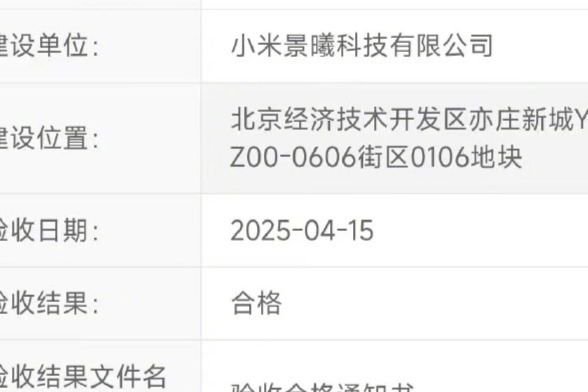Arthur Hanson
Well-known member
Excellent observation,I have worked extensively in the battery/EV industry, so in this topic I am speaking from direct experiance.
The reason that legacy auto makers are failing in EV is because it goes against their existing business model and supply chains. An ICE factory cannot just be retooled to make EVs, with the exception of the body and paint shops. They extensive supply chains that automakers have built over decades need to be changed, but most importantly the business model has changed.
Historically automakers would build a "Vehicle Platform" which you can think of as a library of parts that are interchangeable like lego blocks for building cars according to standard vehicle architectures, and selling a luxury SUV uses many of the same parts as a basic sedan - with a bunch of extra comfort features added. The platform development costs are spread out on a large number of vehicles so they are able to make all their money on luxury SUVs while the basic sedans break even. (sound familliar?)
EVs disrupt this in two ways. First, the platform is not reusable for EVs, so for every EV a legacy automaker sells that cannibalizes an ICE sale, it undermines the scale of the platform and increases per unit platform development costs. Second, legacy automakers are wired to sell their highest margin SUVs, since it doesn't cost that much more to build an SUV vs a sedan, but the profit margins are much higher since costs don't scale with size. With EVs, costs increase faster the bigger you go, so you can't make money by selling big SUVs. So all the marketing legacy automakers do conflicts with selling EVs.
So legacy automakers simply cannot compete in EVs without undermining their profitable ICE business. It's a difficult position to be in.



